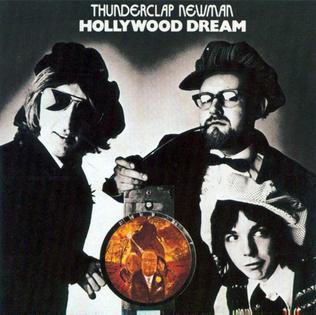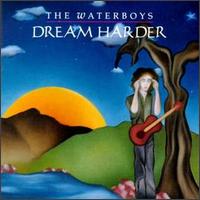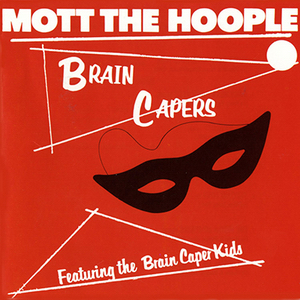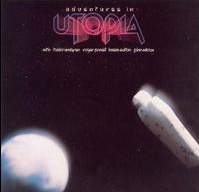Hollywood Dream arrived about a year after the surprise success of the sublime “Something In The Air”, and though the band did some touring, they didn’t last long enough to make a follow-up. That was no big surprise, seeing as the band was built around singer-songwriter-drummer John “Speedy” Keen (who did some driving for Pete Townshend, and contributed “Armenia City In The Sky” to The Who Sell Out), ragtime pianist-horn player Andy Newman (who went to art school with Pete before going on to work for the post office) and then-teenage guitarist Jimmy McCulloch (who didn’t have any connection to Pete we can discern). Jimmy’s brother played drums on stage so Speedy could stand up front and sing, and they recruited another guy to play bass, since Pete had handled that instrument himself pseudonymously while producing the album.
That last factoid has a lot to do with why the album is still of interest to anyone outside curiosity over the single. While Jimmy would go on to be renowned for his fine fretwork, some of the drumming, simpler piano playing, and certain acoustic guitar passages sound very similar to performances us Who freaks recognize from Pete’s home demos. Maybe Speedy played on some of those? Whatever the truth, some of these songs would be pirated on bootlegs under the mistaken guise of unreleased Townshend compositions.
The original album had “Something In The Air” as the last track, while later reissues moved it all the way to the top. There’s a good argument for both ways, particularly when one notices that many of the songs follow the same basic template as the hit: two-chord intros, descending basslines at verse ends, some of the melodies, and detours over the bridges where Newman’s piano sounds like it’s in a different key than the rest of the song at hand. Another limitation comes forth as well: “Weedy” would have been a better nickname for the auteur, as Mr. Keen was not blessed with a fine singing voice or reliable pitch. (He also had a nose rivaling that of the producer.)
The single aside, the album is bookended by two different versions of the same song. “Hollywood #1” ends in a solo piano ramble, while “Hollywood #2”, which comes out of the unrelated instrumental title track, has percussion piled on like closing credits. In between, the album bounces back and forth like a taut bungee cord. “The Reason” sounds a lot like 1970 Pete, is a strong tune to rival the single, and provides a similar template for the cover of Dylan’s “Open The Door, Homer”, yet to be let out of the basement. “Look Around” and “The Old Cornmill” are solid rockers, but the big eyebrow-raiser is “Accidents”, a slightly morbid nursery rhyme turned into a nine-minute exploratory jam.
While essential for Who fans, Hollywood Dream inhabits a unique corner of pop music, a British version of country, music hall and trad jazz. The Bonzo Dog Band is referenced in other summaries, but we hear early Badfinger in here too. And since it was their only album, the CD reissues kindly include the single versions of “Something In The Air”, “The Reason” and “Accidents” (at less than half the length, with different vocals) along with their B-sides, and more kazoo than most people will endure.
Thunderclap Newman Hollywood Dream (1970)—3
1991 CD reissue: same as 1970, plus 6 extra tracks








